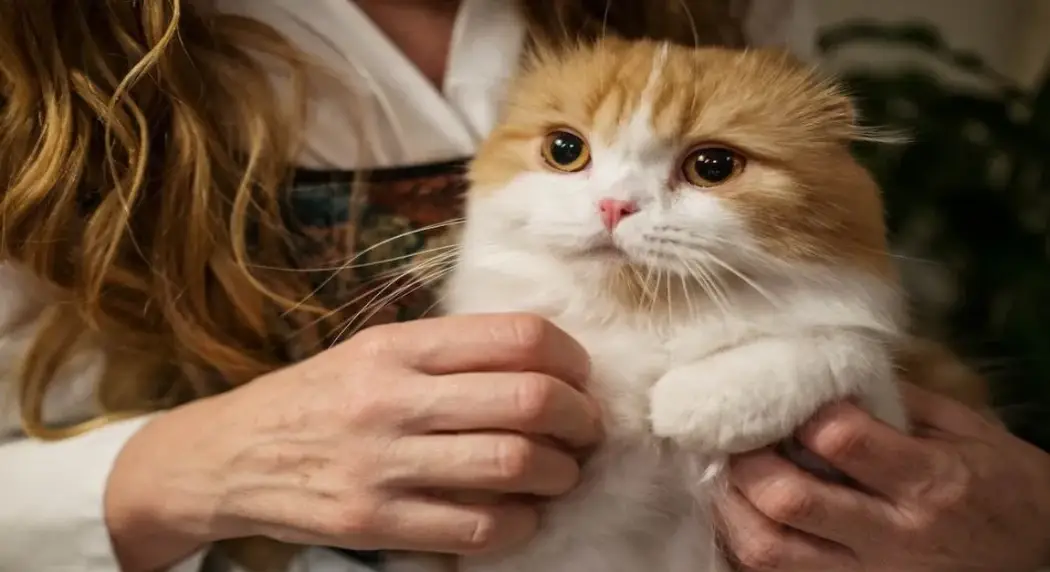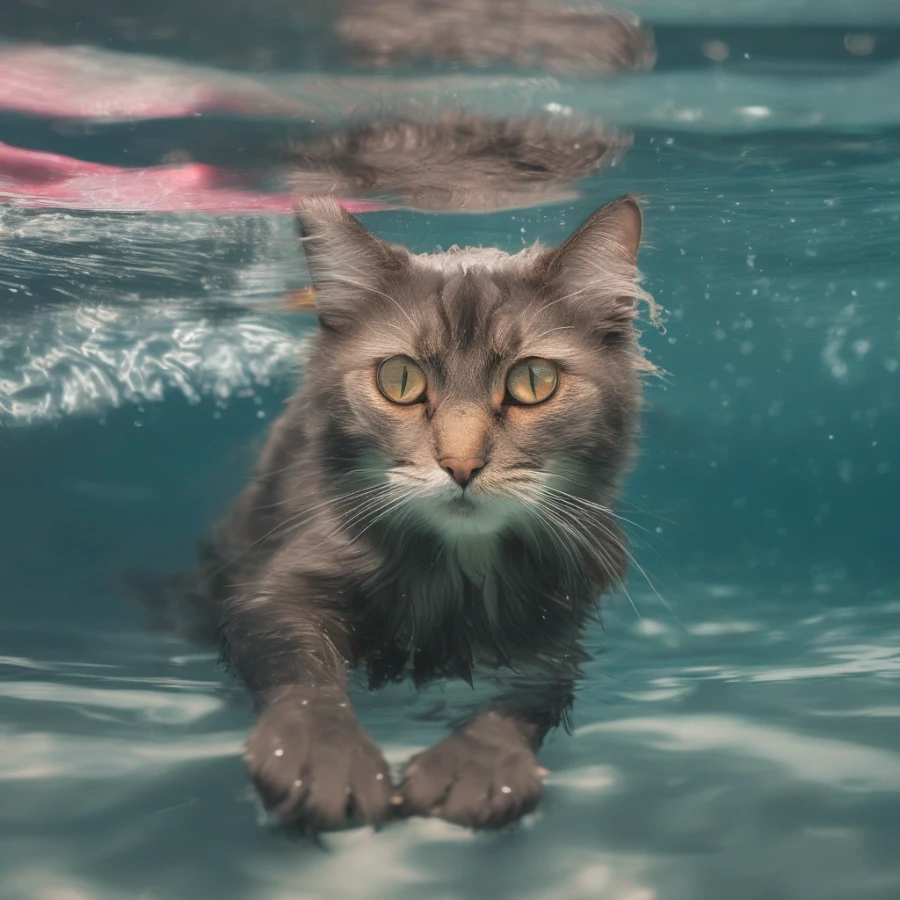Do cats recognize the people they belong to?

Published by: Tatsiana Korshik
Time to Read: 5 Min

Do cats recognize the people they belong to?
Cats have a remarkable ability to recognize their owners and establish a sense of belonging. They form strong bonds and attachments with the people who provide them with care, attention, and positive experiences. Cats rely on their senses, particularly their sense of smell, to recognize familiar individuals. They can detect and remember the scent of their owners, associating it with safety, comfort, and affection. Cats also recognize their owners through their voices and unique visual features, such as facial characteristics and body language.When cats recognize their owners, they may display certain behaviors and gestures that indicate their recognition and attachment. These can include rubbing against their owners, purring, kneading, following them around, or seeking their attention and affection. Cats may also show signs of distress or separation anxiety when separated from their owners for extended periods.
It's important to note that while cats may recognize their owners, their level of attachment and display of recognition can vary from cat to cat. Some cats may be more demonstrative and affectionate, while others may be more independent or reserved in their behavior. Building a strong bond with your cat through regular interaction, positive reinforcement, and providing a nurturing environment can contribute to a deeper sense of recognition and connection between you and your feline companion.
Why Can't Cats Recognize Human Faces?
Cats have different visual abilities compared to humans, and their perception of the world is influenced by their evolutionary adaptations as predatory animals. While cats may not recognize human faces in the same way that humans do, it doesn't mean they are unable to distinguish between different individuals.Cats rely more on their sense of smell and hearing to recognize and identify others, including their owners. They have a highly developed olfactory system that allows them to detect and remember scents, which is an important means of recognition for them. Additionally, cats are sensitive to auditory cues and can associate familiar voices with specific individuals.
Cats' visual acuity and focus are optimized for detecting movement, especially in low light conditions, which is advantageous for their hunting instincts. While they may not have the same level of visual acuity for facial recognition as humans, they can still recognize familiar individuals based on other cues such as body language, posture, and overall appearance.
It's worth noting that cats may have varying degrees of individual recognition abilities. Some cats may show more apparent recognition of specific individuals, while others may be less demonstrative. Building a strong bond with your cat through consistent positive interactions and providing a nurturing environment can contribute to a deeper sense of familiarity and recognition between you and your feline companion.
HOW DO CATS RECOGNIZE THEIR OWNERS?
Cats recognize their owners through a combination of different sensory cues and learned associations. Here are some ways cats recognize their owners:Scent: Cats have a keen sense of smell, and they can recognize their owner's scent. They may rub against their owner's legs or furniture to mark their territory with their scent glands. This scent marking helps them establish a familiar and safe environment.
Voice and Sounds: Cats are attentive to the sound of their owner's voice. They can associate their owner's voice with positive experiences such as feeding, playtime, or affection. Calling their name or using a familiar tone can grab their attention and elicit recognition.
Visual Cues: While cats may not rely on facial recognition like humans do, they can recognize their owner through visual cues such as body shape, movement patterns, and overall appearance. Cats can develop a visual association between their owner's physical features and positive experiences.
Routine and Behavior: Cats are creatures of habit and become accustomed to their owner's daily routines and behavior. They may anticipate specific activities such as mealtime, playtime, or cuddling, and show recognition by seeking interaction during those times.
Positive Associations: Cats form strong bonds with their owners through positive experiences. Spending quality time together, providing food, play, and affectionate interactions create a sense of familiarity and trust. Cats may seek out their owners for comfort or seek proximity when they feel secure and content.
It's important to note that the level of recognition may vary among cats, and each cat-owner relationship is unique. Building a strong bond with your cat through consistent care, positive reinforcement, and affectionate interactions will contribute to a deeper recognition and connection between you and your feline companion.



